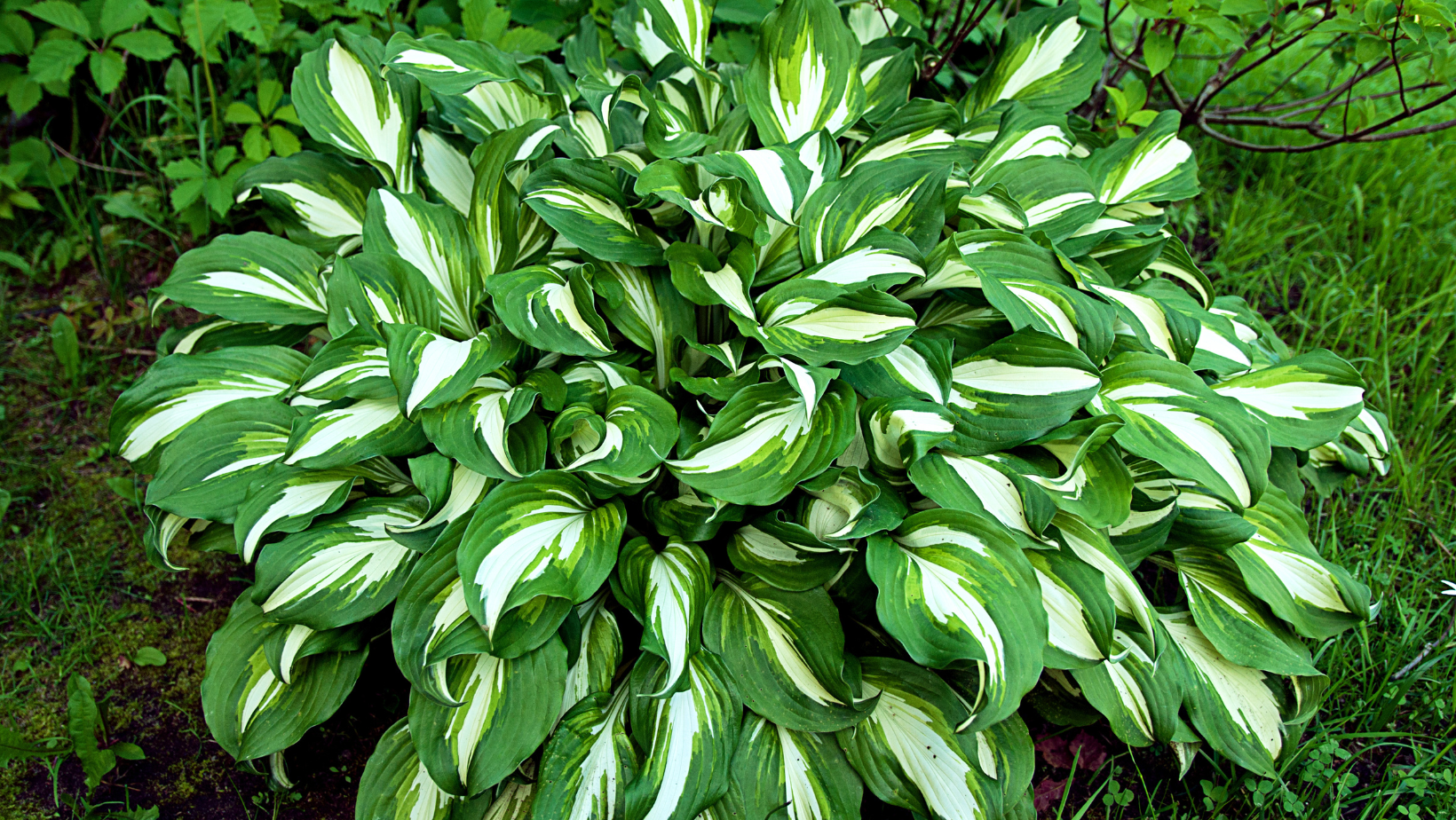shade conditions ensures they grow well and enhance your landscape. Here’s a detailed look at what to plant in different types of shady areas.
Understanding Types of Shade
- Partial Shade (3-6 hours of sunlight per day): These areas receive some direct sunlight but are shaded for most of the day. Partial shade can be ideal for many perennials, ferns, and annuals that don’t thrive in full sun but need some light to grow well.
- Dappled Shade: Found under trees with light, filtered sunlight reaching the ground, dappled shade offers a more variable light pattern. Many woodland plants and shade perennials thrive here.
- Full Shade (Less than 3 hours of direct sunlight per day): Full shade areas, such as spaces under dense trees or on the north side of structures, receive little to no direct sunlight. These areas require plants that can tolerate very low light conditions.
Plants for Shady Spots
Perennials for Shade
- Hosta (Hosta spp.): Hostas are classic shade perennials known for their lush, large leaves that come in a variety of colors, from deep green to variegated with white or yellow edges. They thrive in full to partial shade and are perfect for garden beds beneath trees or in shaded borders.
- Heuchera (Heuchera spp.): Also known as coral bells, Heuchera plants offer colorful foliage in shades of purple, burgundy, silver, and green. They produce delicate flower spikes in late spring and summer and perform well in partial shade to full shade conditions.
- Astilbe (Astilbe spp.): Astilbes are known for their feathery plumes of flowers in shades of pink, red, white, and purple. These plants thrive in moist, shady locations, and their textured foliage adds interest to shaded garden beds.
- Bleeding Heart (Dicentra spectabilis): This beautiful plant produces heart-shaped, pink or white flowers that dangle from arching stems. Bleeding heart prefers partial to full shade and moist soil, making it ideal for shaded gardens.
- Ferns (Various Species): Ferns are well-suited to shade gardens, especially in full shade or dappled light. Species like the Japanese painted fern (Athyrium niponicum) and Lady fern (Athyrium filix-femina) are particularly popular for their delicate fronds and shade tolerance.

Groundcovers for Shade
- Pachysandra (Pachysandra terminalis): Pachysandra is a low-growing evergreen groundcover that spreads quickly and thrives in deep shade. It forms dense mats of green foliage and is excellent for areas beneath trees where grass struggles to grow.
- Liriope (Liriope muscari): Often called lilyturf, Liriope is a versatile groundcover that tolerates a range of conditions, including partial shade. It has grassy foliage and produces purple flower spikes in late summer.
- Vinca minor (Periwinkle): Vinca minor is a hardy evergreen groundcover known for producing small, blue or purple flowers in late spring, with some varieties showcasing white blooms. It thrives in full to partial shade and spreads rapidly, making it an excellent choice for woodland gardens or shaded areas where other plants may not thrive.
Annuals for Shade
- Impatiens (Impatiens walleriana): Impatiens are popular annuals for full shade, known for their bright, colorful flowers in pink, red, white, and purple. They thrive in moist, well-drained soil and are perfect for shaded garden beds or containers.
- Begonias (Begonia spp.): Begonias are versatile annuals that do well in both partial and full shade. Their waxy leaves and vibrant flowers in shades of red, orange, yellow, and white make them a popular choice for shady areas.
- Coleus (Plectranthus scutellarioides): Coleus is grown for its stunning foliage, which comes in a wide variety of vibrant colors and patterns. It thrives in partial shade and adds a bold pop of color to shaded areas in garden beds or containers.
Shrubs for Shade
- Hydrangea (Hydrangea spp.): Hydrangeas are well-loved for their large, showy flower clusters that come in shades of blue, pink, white, and purple. They perform well in partial shade, especially in areas with morning sun and afternoon shade.
- Azalea (Rhododendron spp.): Azaleas are a popular choice for shaded gardens, offering a burst of spring color with their vibrant blooms. They prefer partial to full shade and well-drained, acidic soil.
- Ferns (Various Species): Ferns are ideal for shaded garden areas, thriving in partial to full shade with moist, well-drained soil. Their delicate fronds add texture and elegance to any landscape, making them a versatile option for enhancing shaded spaces.
Tips for Gardening in Shade
- Assess the Shade: Before planting, determine whether your space receives partial, dappled, or full shade, and select plants accordingly. Plants that tolerate deep shade might struggle in bright, indirect light and vice versa.
- Soil Preparation: Shade gardens often have poorer soil due to tree roots and low organic matter. Amend the soil with compost or organic matter to improve fertility, drainage, and moisture retention.
- Watering: Shady spots can sometimes be dry, especially under trees where the roots compete for water. Be sure to water regularly, especially when establishing new plants, and consider adding mulch to retain moisture.
- Add Texture and Color: Shade gardens can be rich in texture and contrast by choosing plants with different leaf shapes, colors, and heights. Combine ferns, hostas, and flowering plants to create layers of visual interest.

Conclusion
Gardening in the shade doesn’t have to be difficult. With the right plant choices, shady spots can become lush, colorful, and inviting. Whether you’re dealing with partial shade, dappled light, or deep shade, there are plenty of perennials, annuals, shrubs, and groundcovers that can thrive and bring beauty to your garden.
Need Assistance? Contact Us at Green Hills Nursery
If you’re unsure about which plants are best for your shaded garden or need advice on creating the perfect shade garden, contact Green Hills Nursery. Our experts can provide personalized recommendations based on your specific conditions and help you select plants that will flourish in your landscape. Stop by for a consultation or bring in photos of your garden for tailored advice!




